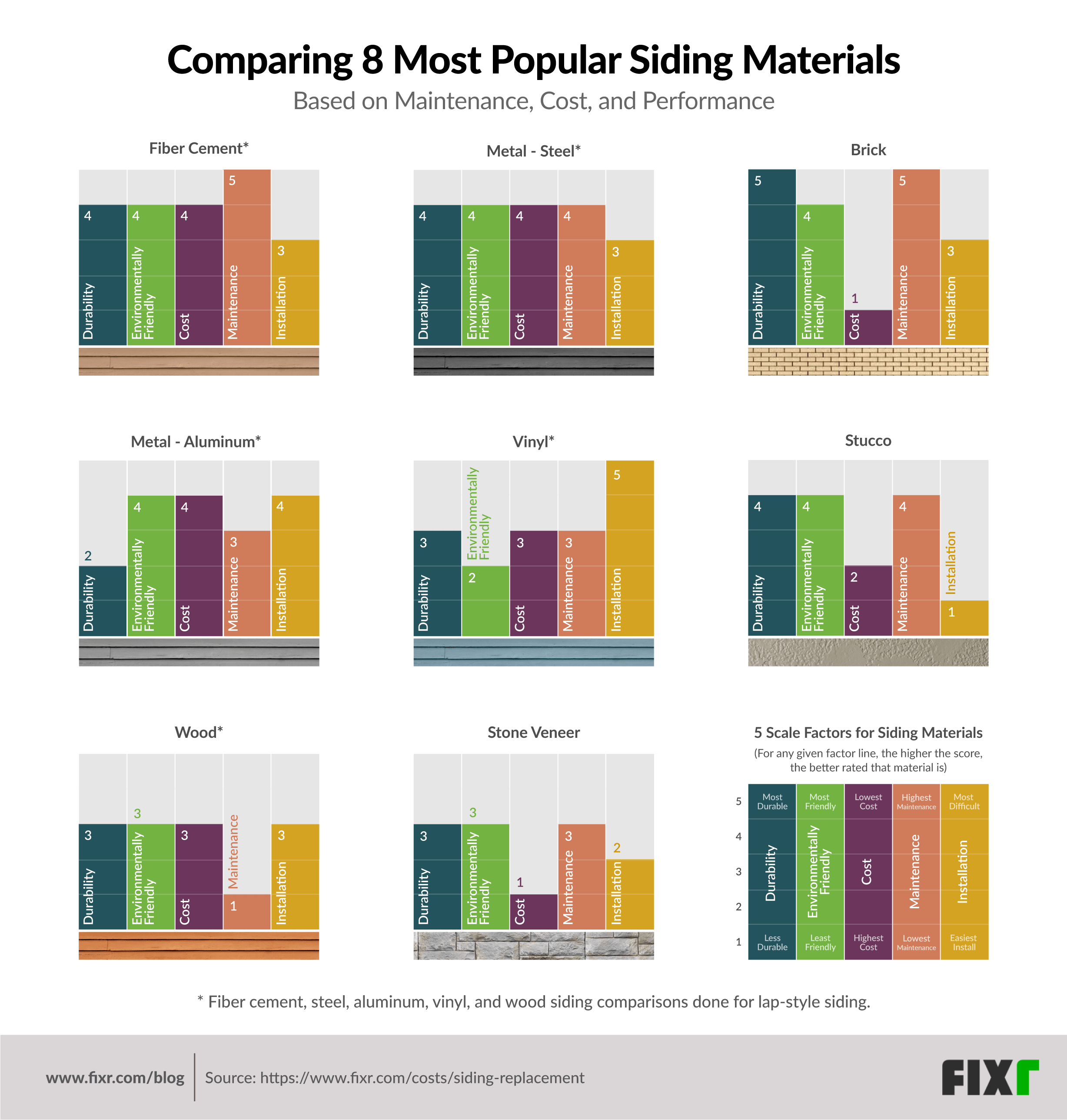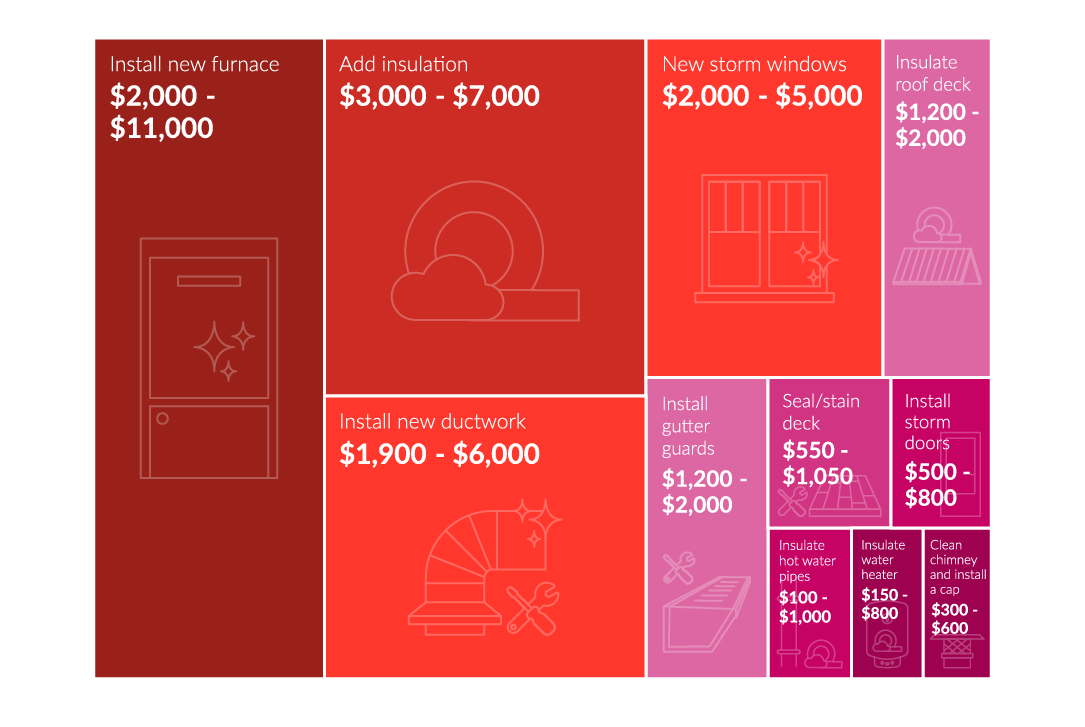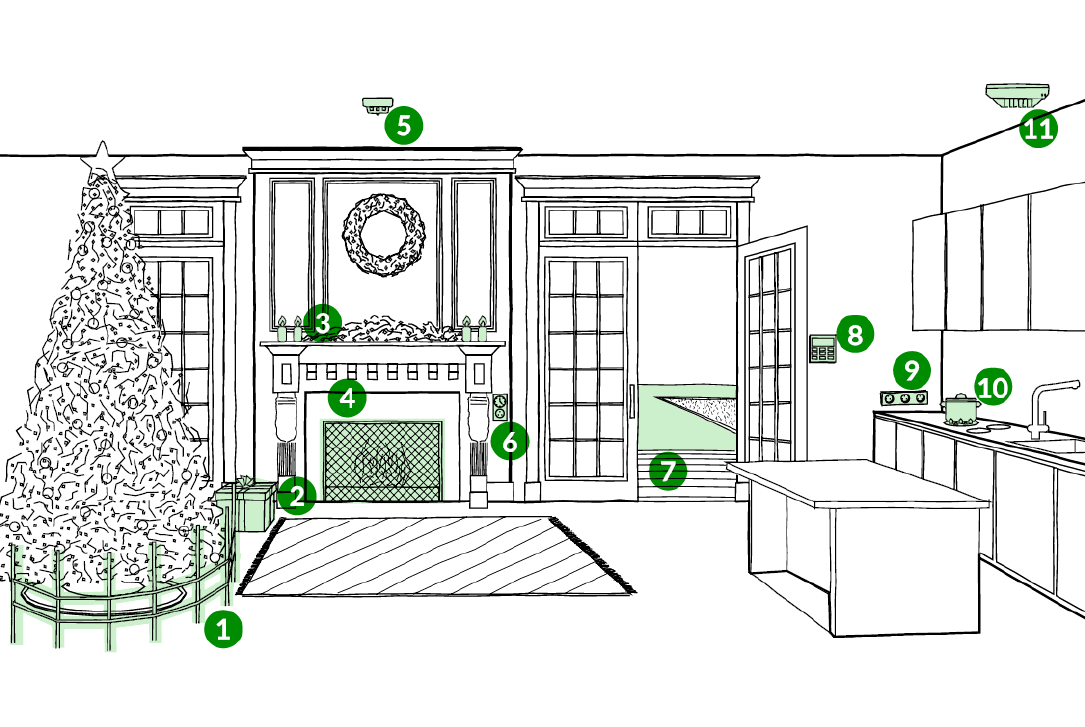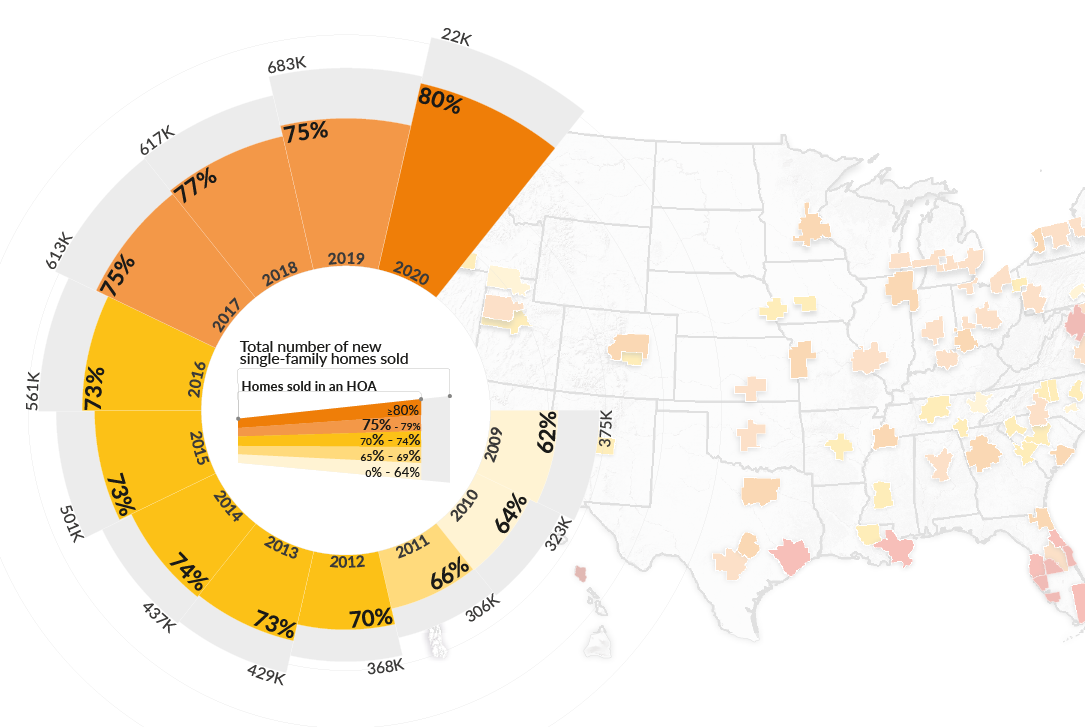Siding performs two very important roles for a home. It helps protect the house from the elements, keeping out the wind, rain, and snow. At the same time, siding also gives a property its curb appeal, that crucial first look that a house gets from the street.
For these reasons, many people choose their siding carefully. Homeowners want siding that can complement their home’s architectural style, producing the look they want, yet at the same time, it’s equally important to choose a siding that will hold up well long term. To make the choice easier, Fixr has compared the 8 most popular siding materials in an easy to read graphic.
Ranked by their durability, eco-friendliness, maintenance, installation, and cost, you’ll be able to narrow down your choices quickly to help uncover the right siding for your home.
Comparing Factors Visually

Many types of siding can come in similar styles or colors. For example, fiber cement, wood, vinyl, aluminum, and steel are all available in lap siding, and most come in similar colors. So, when it’s time to compare the materials, you ideally want to do it on other factors.
This graphic shows these other factors for each of the sidings, ranked from highest total score (fiber cement) to lowest (stone veneer), with the information taken from this siding cost guide. Each of the five factors were scored on a scale of 1 - 5, with 5 being the best score a category could receive, and 1 being the lowest.
At a glance, you can see that the top two materials - fiber cement and steel - score equally well in durability, eco-friendliness, cost, and installation, but that fiber cement scores higher in maintenance. This is due to the fact that steel is capable of rusting if the finish is scratched, while fiber cement can go years between needing a surface refresh.
Brick also scores very well in maintenance, and even higher than steel or fiber cement in terms of durability. It takes third place, however, because the average cost of brick siding is so much higher than the other materials.
You can also see that of the two metal sidings - aluminum and steel - that while aluminum scores better in ease of installation, it’s less durable and higher in maintenance. This is due to the way that aluminum both dents and fades, requiring frequent repainting and repair to look its best.
Wood siding, which retains a high degree of popularity despite its maintenance issues, scores in the middle of the road for most factors, but falls down in maintenance. It’s this particular concern that often drives people to look at wood-look alternatives to side their homes with.
Those looking to DIY their installation, though, will be pleased to find that vinyl scores highest in ease of installation, with a full score. It’s cost, durability, and maintenance are middle of the road, however, while it scores the lowest of any in terms of environmental friendliness.
Tips for Choosing the Right Siding
The three outliers in this comparison in terms of looks and style are brick, stucco, and stone veneer. If you’re looking for a siding material that is not traditional lap, shingle, or panel siding, you may want to pay closer attention to these three, as they can give you the most distinctive looks.
If you’re looking for tradition, however, you need to ask yourself which quality is the most important to you. For example, if you’re installing the material yourself, then vinyl may be the best choice for you, as it’s so much easier to install than the others. However, if you’re most concerned with the material being durable and low maintenance, then you may want to take a closer look at fiber cement, which scores high in both of these areas.
When it comes to things like environmental concerns, you may have further considerations to make. For example, aluminum, steel, and fiber cement all score the same in terms of environmental impact. But, aluminum and steel are both recyclable materials, meaning that when your home must be resided, the old siding can be easily recycled. On the other hand, fiber cement has a longer warranty, which means you are less likely to need to reside your home during your lifetime, so its lack of recyclability means less overall.
When considering the cost of each of the sidings, you also need to consider its longevity. Wood and vinyl both don’t last as long as other sidings, followed by aluminum. Brick, while expensive, is the longest lasting material, so it essentially costs less over time, because you won’t be replacing it or maintaining it as often.
Replacing or Repairing Siding
Another consideration homeowners need to make is whether to repair or replace their existing siding. Many types of siding, including wood, vinyl, and aluminum need fairly regular repairs. Over time, these repairs can add up in terms of cost and labor, which may make the decision to replace easier.
The same attributes should be taken into consideration when deciding whether to repair or replace. For example, how easy is the installation process if you need to remove and replace planks? This process will be easier for vinyl than for aluminum. How much of the siding requires replacement? Some more expensive types of siding can also be expensive to repair, making the switch to a less expensive siding and residing the entire home the more cost effective solution. Finally, how much maintenance does your current siding need? If you’re spending a lot of time and energy on maintaining it, then you may want to consider replacing it with something lower maintenance, which may cost less over the course of its lifetime.
Choose the Right Siding for Your Home
From architectural style to durability, you have a lot of considerations to make when choosing the right siding for your home. Be sure to determine which attributes are the most important to you, then use this graph to help you determine which siding ranks the highest within that category. Good siding can transform your home both in appearance and function. Choose the right siding for you home with the help of this graphic to get the most benefits from the material.




